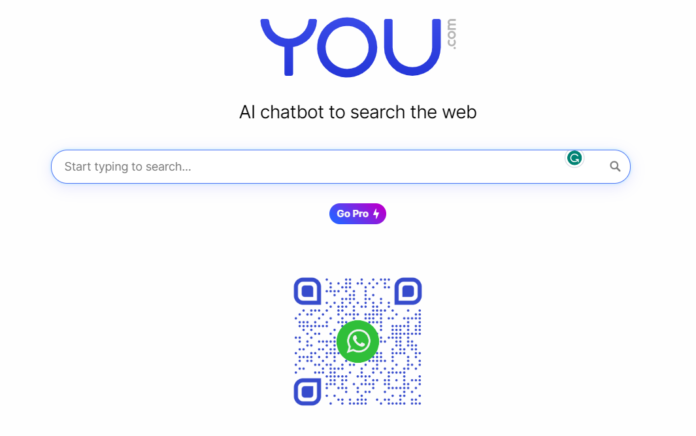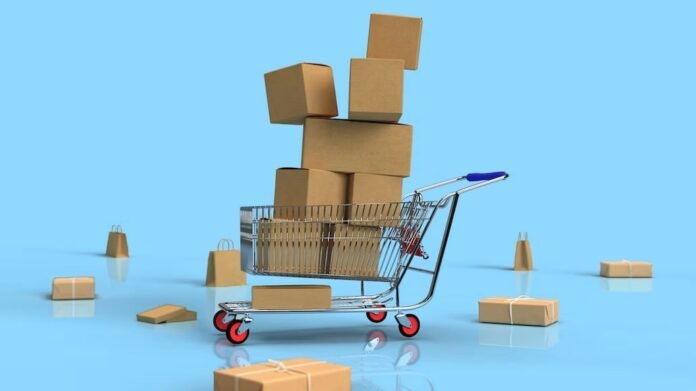The Evolution of E-commerce: Trends and Strategies for Success in 2023
Introduction
The world of e-commerce has undergone significant transformations over the years, revolutionizing the way businesses operate and consumers shop. As we step into 2023, it’s crucial for online retailers to stay abreast of the latest trends and implement effective strategies to ensure success in the ever-evolving digital landscape. In this article, we will explore the exciting evolution of e-commerce and delve into the key trends and strategies that can propel businesses towards triumph in 2023.
The Evolution of E-commerce
E-commerce, short for electronic commerce, has come a long way since its inception. It has grown from simple online transactions to a comprehensive ecosystem that encompasses various platforms, technologies, and customer experiences. Let’s take a closer look at the stages of e-commerce evolution:
Stage 1: Emergence of Online Marketplaces
In the early days, e-commerce was primarily dominated by online marketplaces like eBay and Amazon. These platforms provided a convenient space for individuals and businesses to buy and sell products. They laid the foundation for the e-commerce industry and paved the way for future developments.
Stage 2: Mobile Commerce Revolution
With the advent of smartphones, the e-commerce landscape witnessed a significant shift towards mobile commerce, commonly known as m-commerce. Consumers started using their mobile devices to browse and shop online, giving rise to mobile-optimized websites and dedicated shopping apps. This mobile revolution opened up new opportunities for businesses to reach customers anytime and anywhere.
Stage 3: Personalization and Customer Experience
As e-commerce continued to evolve, the focus shifted to providing personalized experiences and exceptional customer service. Companies began leveraging customer data and advanced analytics to offer tailored product recommendations, personalized marketing campaigns, and seamless shopping experiences across multiple touchpoints. This emphasis on personalization became a game-changer in driving customer satisfaction and loyalty.
Stage 4: Rise of Social Commerce
Social media platforms, such as Facebook, Instagram, and Pinterest, emerged as powerful tools for e-commerce. Businesses started leveraging these platforms to showcase their products, engage with customers, and drive sales. The integration of social commerce features, such as “buy now” buttons and shoppable posts, further blurred the lines between social media and online shopping.
Stage 5: Artificial Intelligence and Automation
In recent years, artificial intelligence (AI) and automation have revolutionized the e-commerce industry. AI-powered chatbots provide instant customer support, virtual assistants enhance shopping experiences, and machine learning algorithms optimize product recommendations. Automation streamlines operations improves efficiency, and enables businesses to scale effectively in the competitive e-commerce landscape.
The Evolution of E-commerce: Trends and Strategies for Success in 2023
In 2023, e-commerce is poised for even more advancements and innovations. To stay ahead of the curve, businesses need to embrace the following trends and strategies:
Trend 1: Voice Commerce
Voice assistants like Amazon’s Alexa and Apple’s Siri have gained widespread popularity, and voice commerce is set to soar in 2023. Optimizing your online store for voice search and integrating voice-enabled shopping experiences can provide a competitive edge. Focus on creating conversational content, optimizing product descriptions for voice queries, and ensuring a seamless voice-enabled purchasing process.
Trend 2: Augmented Reality (AR) and Virtual Reality (VR)
AR and VR technologies are transforming the way customers engage with products online. By allowing shoppers to visualize products in a virtual environment or try them on digitally, businesses can enhance the online shopping experience. Implement AR and VR solutions to boost customer engagement, reduce returns, and increase conversion rates.
Trend 3: Hyper-Personalization
Customers now expect personalized experiences at every touchpoint. Leverage customer data, AI algorithms, and predictive analytics to deliver hyper-personalized product recommendations, personalized emails, and tailored marketing campaigns. By providing relevant and timely content, you can create a stronger bond with customers and drive repeat purchases.
Trend 4: Social Commerce Integration
Social media platforms continue to influence consumer behavior and shape e-commerce trends. Integrate social commerce features into your online store, such as “shop now” buttons, Instagram shoppable posts, and customer reviews. Leverage user-generated content and influencer marketing to build trust, expand your reach, and drive conversions.
Trend 5: Sustainability and Ethical Practices
Consumers are becoming increasingly conscious of the environmental and social impact of their purchases. Embrace sustainability and ethical practices in your e-commerce operations, such as eco-friendly packaging, fair trade products, and transparent supply chains. Highlight your commitment to sustainability to attract environmentally conscious customers and build a positive brand image.
Trend 6: Omnichannel Strategy
An omnichannel approach seamlessly integrates multiple channels, such as online stores, mobile apps, social media, and physical retail locations. Implementing an effective omnichannel strategy ensures a consistent brand experience across all touchpoints and maximizes customer engagement. Offer options like buy online, pick up in-store (BOPIS) and seamless cross-channel shopping carts for a frictionless experience.
FAQs (Frequently Asked Questions)
Q: How can I optimize my e-commerce store for voice search?
A: To optimize your e-commerce store for voice search, focus on creating conversational and natural language content. Use long-tail keywords that mimic spoken queries and answer common customer questions in your product descriptions. Ensure your website has a mobile-friendly design, fast loading times, and structured data markup for better voice search visibility.
Q: Why is hyper-personalization important in e-commerce?
A: Hyper-personalization is crucial in e-commerce because it allows businesses to deliver personalized experiences that resonate with individual customers. By understanding customer preferences and behaviors, businesses can provide tailored product recommendations, relevant content, and personalized offers, leading to increased customer satisfaction and higher conversion rates.
Q: What is the role of social commerce in e-commerce success?
A: Social commerce plays a significant role in e-commerce success by leveraging the power of social media platforms to drive sales and engage with customers. By integrating social commerce features, businesses can showcase products, leverage user-generated content, and tap into influencer marketing to expand their reach, build trust, and ultimately increase conversions.
Q: How can I incorporate sustainability into my e-commerce business?
A: To incorporate sustainability into your e-commerce business, you can start by using eco-friendly packaging materials, sourcing products from fair trade suppliers, and promoting transparency in your supply chain. Communicate your sustainability initiatives through your website and marketing channels to attract environmentally conscious customers and align with their values.
Q: What is an omnichannel strategy, and why is it important for e-commerce?
A: An omnichannel strategy involves seamlessly integrating multiple channels and touchpoints to provide a consistent and cohesive brand experience. It allows customers to interact with your brand across various platforms and devices, such as online stores, mobile apps, social media, and physical retail locations. An effective omnichannel strategy enhances customer engagement, improves loyalty, and drives conversions by offering a seamless and personalized shopping experience.
Q: How can I implement AR and VR technologies in my e-commerce business?
A: To implement AR and VR technologies in your e-commerce business, consider using 3D product visualizations, virtual try-on features, or virtual showrooms. Collaborate with developers or agenciesto create interactive and immersive experiences for your customers. Integrate AR and VR functionalities into your website or mobile app to allow customers to explore products in a virtual environment, try them on digitally, or visualize how they would look in their space. By incorporating these technologies, you can enhance the overall shopping experience and increase customer satisfaction.
Conclusion
As the e-commerce landscape continues to evolve, businesses must adapt to the latest trends and strategies to stay competitive and achieve success in 2023. Embracing voice commerce, AR and VR technologies, hyper-personalization, social commerce integration, sustainability practices, and implementing an effective omnichannel strategy are key steps towards achieving e-commerce excellence. By staying ahead of the curve and catering to the evolving needs of customers, businesses can thrive in the dynamic world of online retail.


![freelance-visa-dubai-eligibility-requirements-and-costs-1024x576[1]](https://imran.xyz/wp-content/uploads/2023/07/freelance-visa-dubai-eligibility-requirements-and-costs-1024x5761-1-696x392.jpg)






